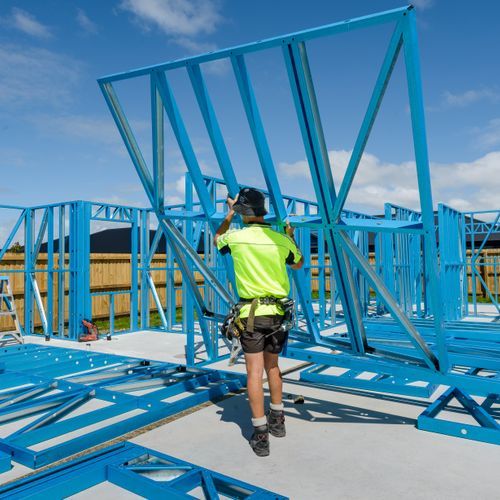Wall Framing
- Wall framing is the structure or panel that makes up the framing for a wall. Construction without a wall framing isn't possible, and getting the right material is important. For example, steel studs or timber wall framing, which is an excellent building material, is robust, light, and cheap at the same timWhy ArchiPro?
No more endless searching -
Everything you need, all in one place.Real projects, real experts -
Work with vetted architects, designers, and suppliers.Designed for New Zealand -
Projects, products, and professionals that meet local standards.From inspiration to reality -
Find your style and connect with the experts behind it.Start your Project
Start you project with a free account to unlock features designed to help you simplify your building project.
Learn MoreBecome a Pro
Showcase your business on ArchiPro and join industry leading brands showcasing their products and expertise.
Learn More




